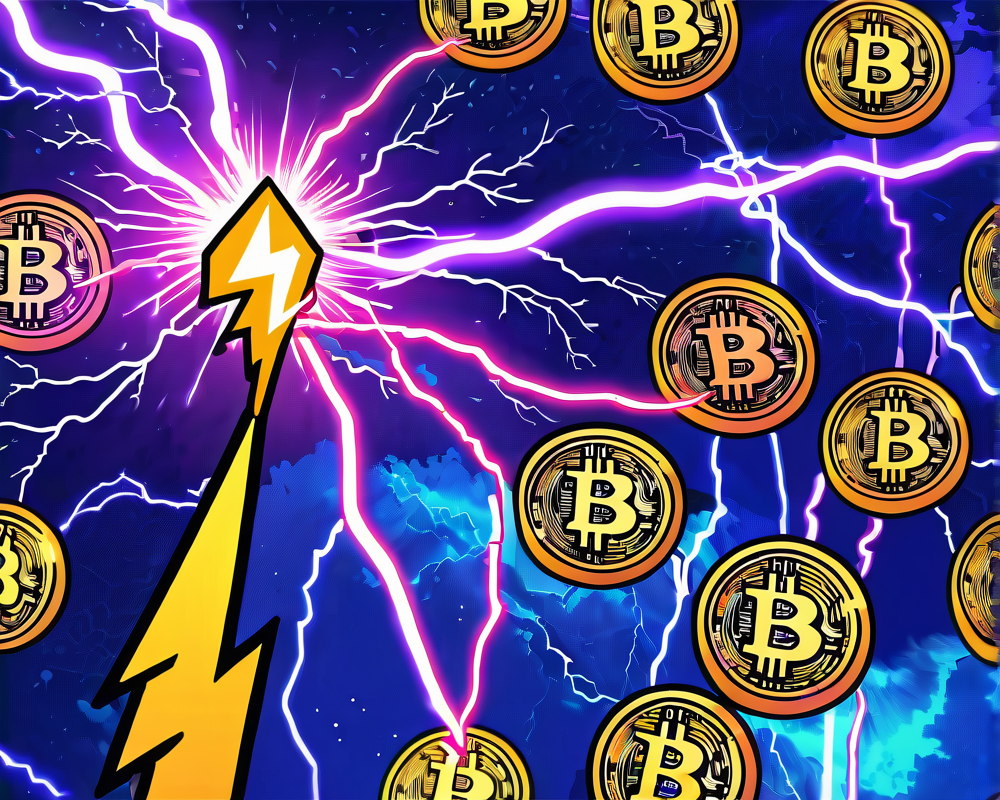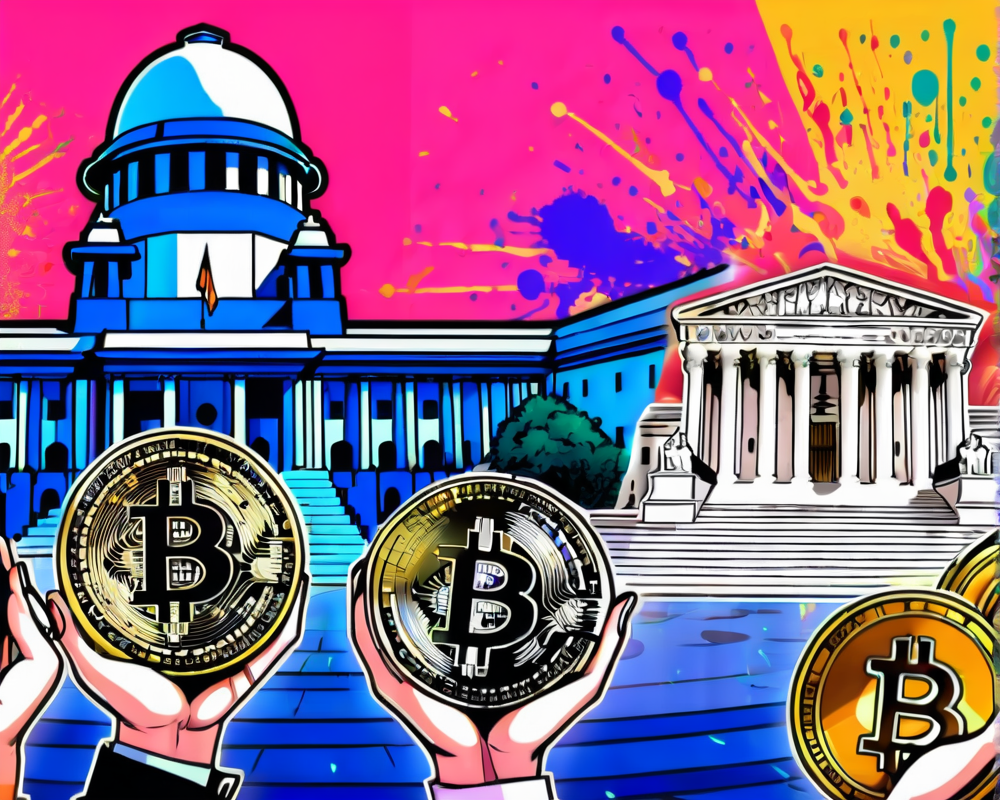The Evolution of Bitcoin: A Decade in Perspective
Good old Bitcoin just turned 10, and if Satoshi Nakamoto had a crystal ball back in 2008, he/she/they would probably be rubbing their eyes in disbelief. Who knew that the shiny new decentralized currency would still be making waves over a decade later? Yet, for all its hype, Bitcoin’s journey often feels like a rollercoaster forged from the finest uncertainty. You know, the kind where the safety bar just might not hold.
The Lightning Network: Bright Sparks Ahead?
Enter the Lightning Network (LN), the kid trying to solve the problem of Bitcoin’s sluggish transactions, like a caffeinated tortoise at a rabbit race. This sidechain is supposed to handle transactions faster by allowing users to set up private payment channels. Why? So they can skip the proverbial waiting line at the Bitcoin blockchain. But hold your horses! It seems LN has its own case of growing pains.
How Does it Work?
The LN keeps Bitcoin’s reliability intact without hogging the speed. Two users can set up a channel and trade back and forth before finalizing the balance in one swift transaction that gets logged onto the main blockchain. It’s like a private poker game before the casino knows about your winning streak. But as we see, running this game is costing nodes more than they bargained for.
Capacity Crisis: What’s Going On?
Picture this: in January 2019, the Lightning Network boasted a capacity of 1,100 BTC. Fast forward to now, and you’re looking at a paltry 854 BTC. Talk about a downward trend! As Bitcoin prices started rising after a bearish period, users are yanking their coins from the network faster than you can say “speculative bubble.”
Are We Seeing the Big Picture Here?
As the price of Bitcoin skyrockets, the quantity of available BTC in LN channels shrinks. People want those profits, even if it means tightening the channels within the Lightning Network. The competition is heating up, and as Diego Gutierrez Zaldivar from RSK Labs suggests, this could be a mere hiccup in an otherwise robust network. So, what’s the takeaway? Small transactions might become the norm, and just like that, people adapt.
The Scaling Battle: A Tug of War
Scaling Bitcoin is not an easy task—if it were, we’d all be crossing the street with Bitcoin in hand like it’s the new dollar bill. Various projects are tackling this challenge in different ways. Whether it’s RSK’s offloading of processes to smart contracts or Ethereum’s Wrapped Bitcoin, innovation is still buzzing in the ecosystem. Nevertheless, one can’t help but wonder—will they work? Will the bright ideas finally match the promise?
The Big Existential Question
Despite Bitcoin’s star power and its reputation as the crypto granddaddy, it faces an identity crisis. It dances between being a widely sought investment and a mainstream currency without settling on one. Bitcoin’s demand has outstripped its capacity, and this might boggle even the most ardent crypto supporters. But in the face of adversity, alternatives like the Lightning Network could pave the way towards the utopian vision Satoshi once had.




